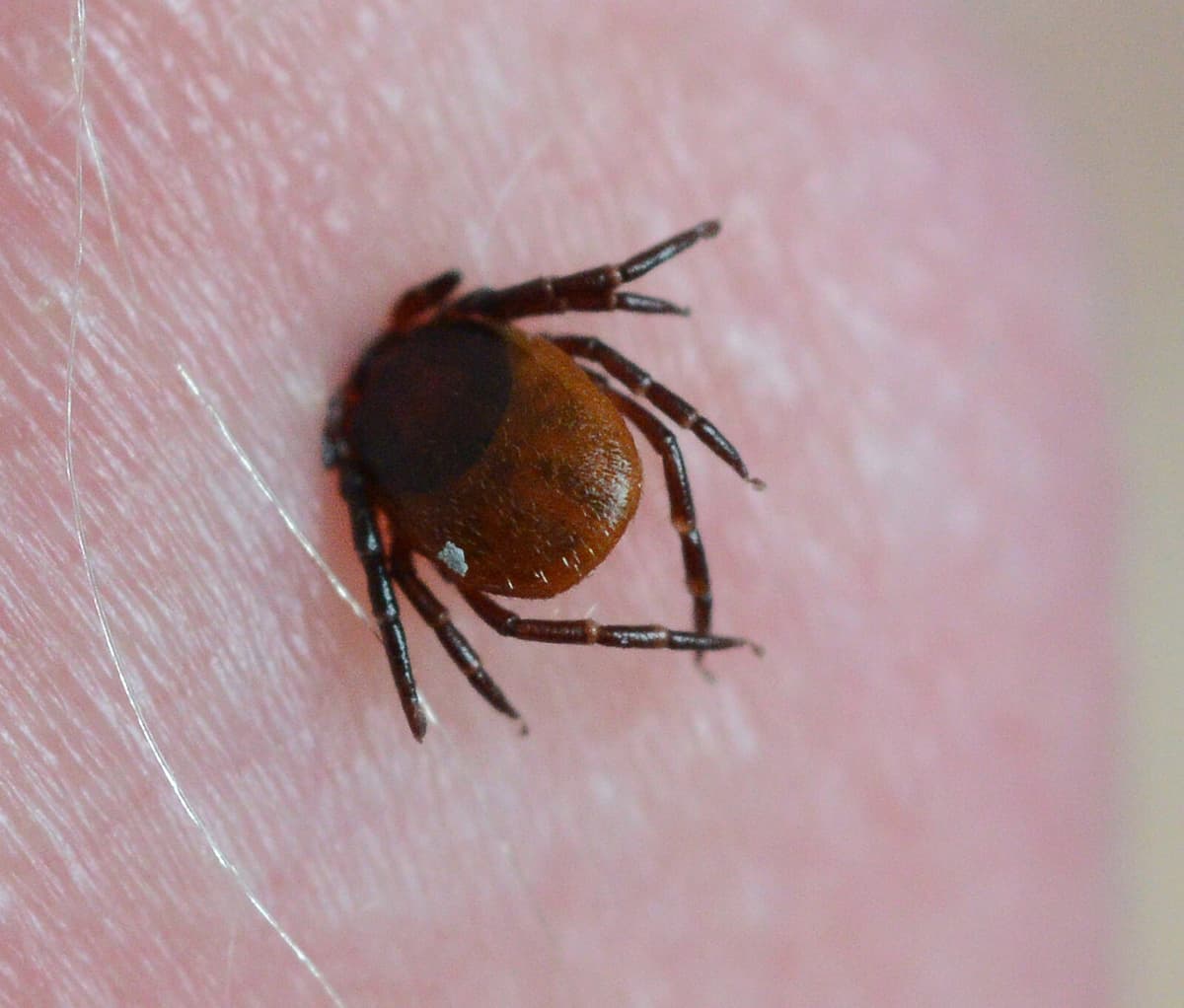TBE, Tick-borne encephalitis, or tick-borne brain inflammation, can cause symptoms such as fever, severe headache, vomiting, light sensitivity, neck stiffness and concentration problems.
If the virus reaches the brain, it can affect the central nervous system and cause paralysis, personality changes – and in severe cases lead to death. Every year, about ten people die in Sweden from TBE, according to the National Board of Health's cause of death register.
The climate affects
The disease appears in new parts of the country, but the cause is unknown. It's not about how many ticks are in an area.
It's the climate that's behind the increased spread of ticks, but exactly why some areas have TBE and others don't, we don't know, says Åke Lundkvist, professor of virology at Uppsala University, to SVT News.
The reported increase can also be due to the fact that we have become better at diagnosing the virus, which by its nature goes in cycles, says Anders Sönnerborg, professor of clinical virology at Karolinska Institutet, to TT.
Deer spread
He agrees that global warming is a factor, as it allows ticks to migrate north and survive longer in the heat. Often, they are spread by deer. Another interesting aspect is that more people are vaccinated against TBE today:
It's an increased vaccination coverage and if people hadn't been vaccinated – and moved in the same regions – we would probably have had even more cases, says Anders Sönnerborg.
Kristoffer Viita/TT
Facts: Ticks and TBE
TT
Ticks bite to suck blood. A tick bite usually causes no problems, but ticks can transmit diseases such as TBE (tick-borne brain inflammation), borreliosis and tick fever (anaplasmosis).
The regions' infection control units advise those who stay in tick-dense areas to vaccinate against TBE. The entire Västra Götaland, Östergötland, Södermanland, Stockholm and Värmland counties are considered risk areas and a total of 173 of the country's 290 municipalities are classified as risk areas, based on confirmed cases of disease.
The mapping that the National Veterinary Institute, SVA, does, in collaboration with Uppsala University, can specify where the disease-carrying ticks are located.
Sources: 1177, Public Health Agency and SVA






